Publicly funded organisations were traditionally organised around administrative structures that could conveniently and efficiently deliver services at scale. Services were limited and fairly straightforward, so this was relatively easy for citizens to understand. Over time, our expectations of public services have become increasingly complex and individualised, making it harder and harder to navigate public service offerings without a guide.
Organising services for the convenience of providers made sense when the limited range of publicly funded services was mostly simple and relatively inflexible programs, such as paying welfare benefits to poor people. The overriding goal was responsible administration of public resources. Over time, public expectations and services have become more complex, interconnected, and multi-dimensional, such as breaking the cycle of generational disadvantage
To help people find what they need in this increasingly complex web, many publicly funded organisations now provide navigators or case management of various kinds. There has been rapid growth in navigators, all trying at great cost to maintain maps and act as guides to the same service system that has become too complex for anyone to understand.
Instead of targeting the most vulnerable and complex clients, many navigation services are now provided not due to individual disadvantages that prevent people from finding their own way, but because the system itself has so many disadvantages. Proliferation of navigators can add even more complexity for clients to negotiate, perversely raising rather than lowering barriers to access. Inherent complexity makes duplication and inefficiency more difficult to detect, and many clients will access multiple navigation services from different providers before their needs are met.
Even where they operate efficiently, navigators need to invest a substantial proportion of their time and energy to maintain current maps of services. This is time they cannot spend helping clients with complex needs to access the services they require.

Reorienting services to make sense to users may be more effective and less costly than adding navigation services organised around fragmented suppliers. This requires thinking about how clients naturally engage with services, and how people navigate effectively in other domains. Navigation in complex buildings, for example, does not require individual guides for each visitor, but uses a combination of simple maps for context, logical groupings, and wayfinding prompts.
Commonly related services could be bundled in ways that facilitate access, such as automatic recognition of common eligibility. Services could also be linked sequentially along typical client journeys, with signposts to related services at key junctions. Once defined, common client pathways could be easily accessed through a smaller number of entry points.
Specialist navigator and case management services should support people who have complex individual disadvantages, not services with complex systemic disadvantages. Redesigning access and delivery pathways to match how clients understand and interact with services will make it easier for more people to find what they need, reducing complexity, inefficiency, and the need for most service navigators.
Stewards of public service systems will need to redesign services so that they are easier to find and access, to work across delivery silos to create clear signposts, and to improve consistency and use of common standards. This means mapping systems as they should be, and then reorganising services to match, so that people can find what they need without having to circumnavigate entire service systems.
